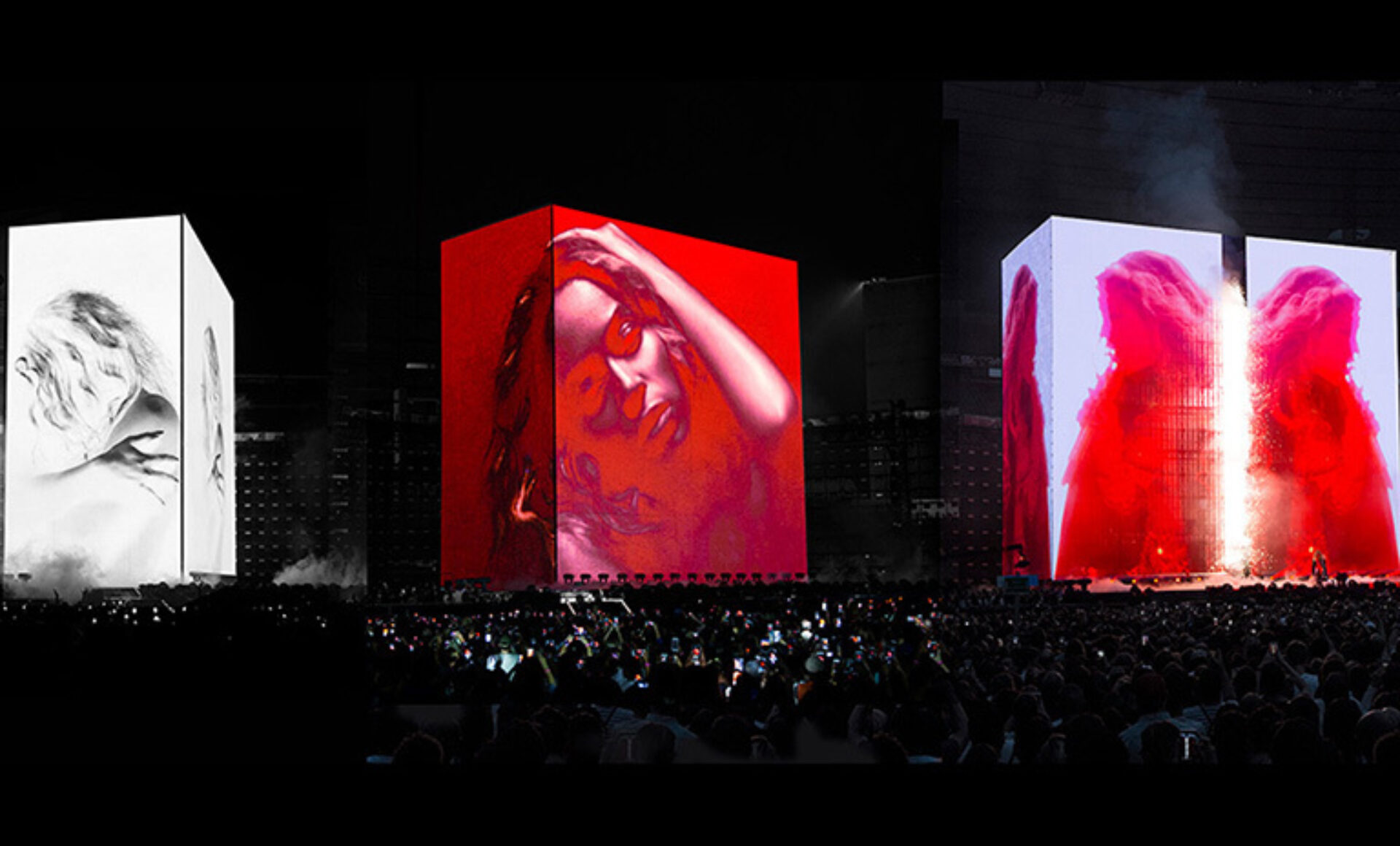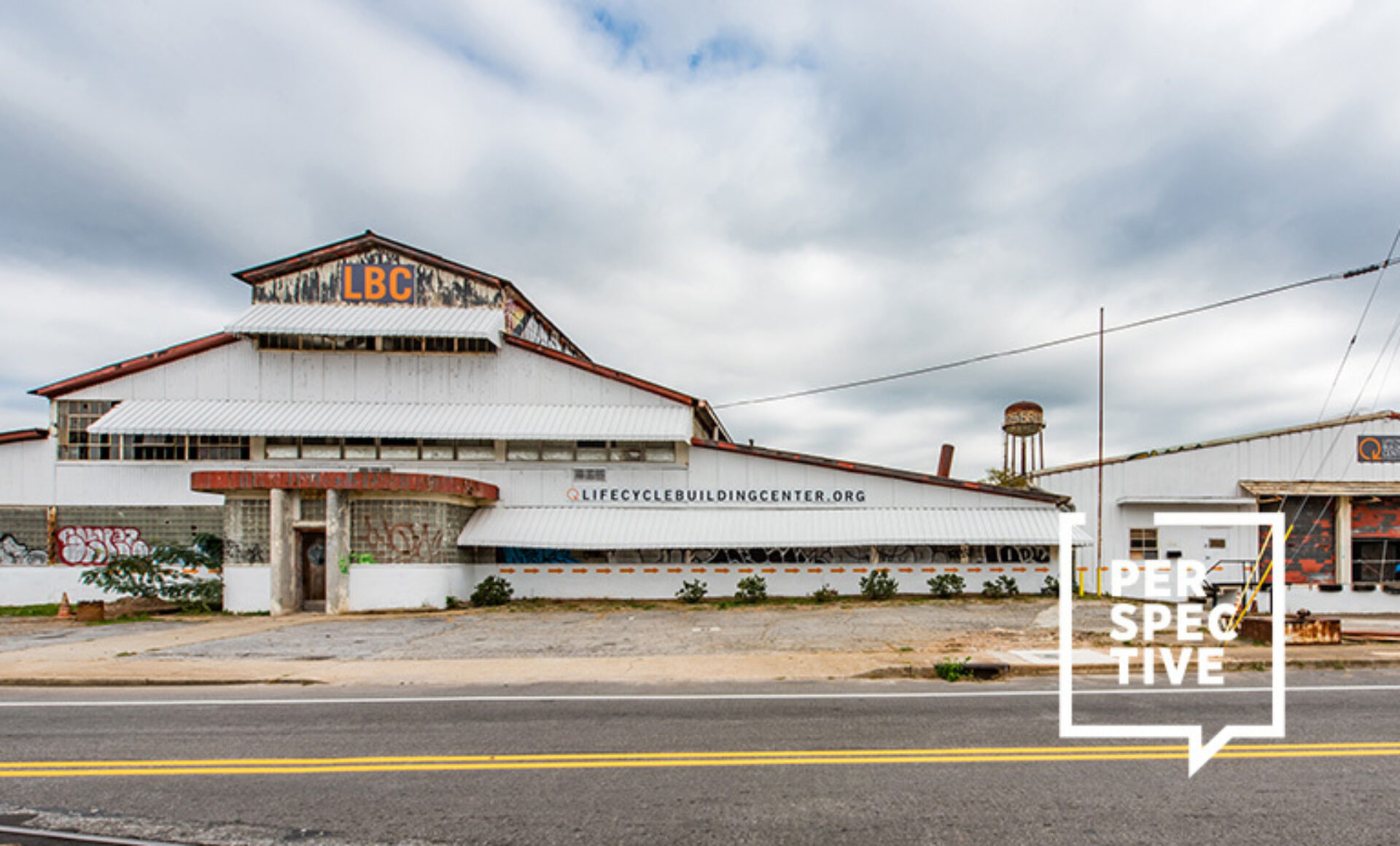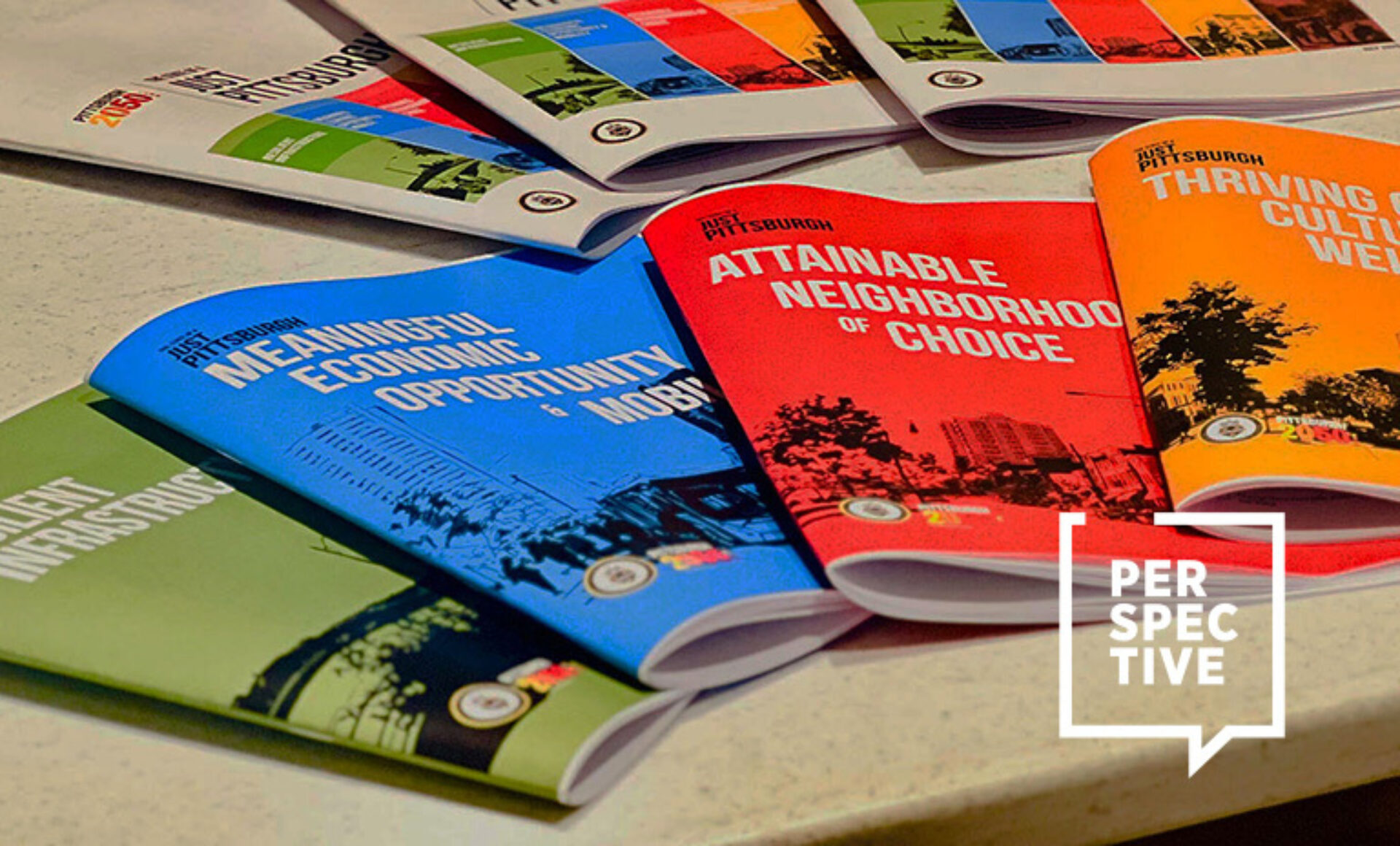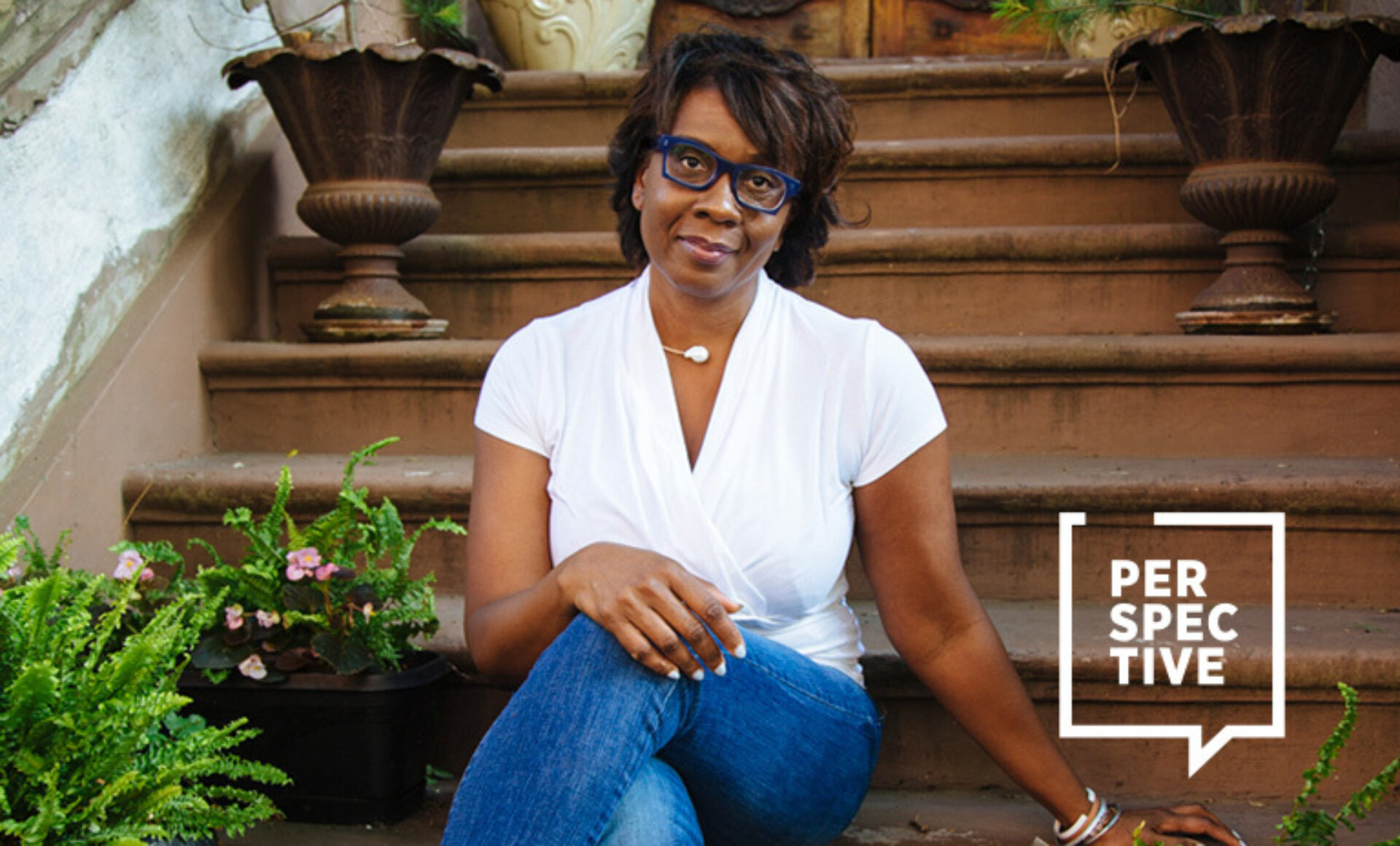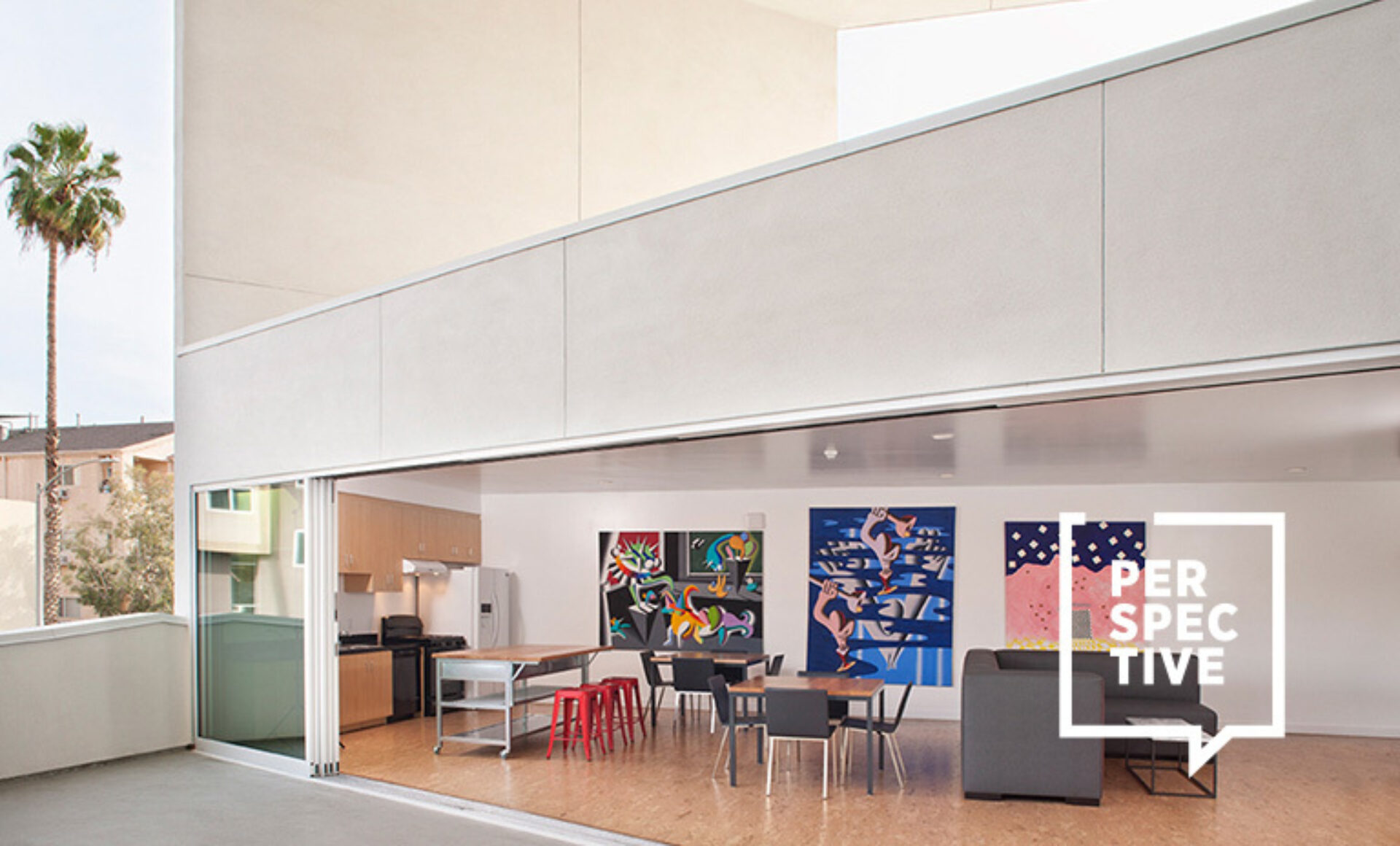(Above: Las Islas Flotantes is a floating island system on Lake Titicaca in Peru inhabited by the Uros, who build their entire civilization from the locally grown totora reed. © Enrique Castro-Mendivil)
A leading expert on indigenous nature-based technologies, Julia Watson encourages the practice of looking to the past to create resilient futures. Her best selling book, LO–TEK Design by Radical Indigenism is a case-study in just that. An intimate look at peoples and cultures from around the world, and how they’ve cultivated a symbiotic relationship with the natural world, it explores infrastructures, some thousands of years old, that are still in use today.
Through the lens of sustainability, she asks us to investigate how we look at technology, spirituality, and what it means to invest in the environment. Spending six years traveling to many countries, Watson collected the stories and knowledge from the communities whose knowledge and innovations are often overlooked, but that come from “millenia-old, enduring ecological knowledge.” While indigenous communities hold the key to some of the most innovative solutions to climate change, they are also some of the communities most impacted by climate change.
How did you come to study and be an expert in what you’re doing, particularly nature-based technologies for climate-resilience?
Julia Watson: I studied architecture in Queensland at the University of Queensland, where I took a course called Aboriginal Environments which for me was a seminal moment in terms of career trajectory. Having been brought up in Australia, my education up to that point was incredibly colonial and English, so to learn all about the indigenous communities who had been in Australia for forty thousand years—their history, narrative, and the expression and their understanding about how to build in an environment like Australia made me really wonder why we don’t value the knowledge to be gained from these peoples.
I was interested in something that was a little bit more esoteric and unexplored than landscape urbanism: associations of decolonization and spirituality in the landscape. I wanted to explore different relationships with the earth that different societies, peoples, and cultures have, and how they thought about design.

It was from that point in time that I became really interested in exploring the sacred relationships that cultures have with nature—what makes the landscape sacred? I found that they're actually sacred because they are about survival. Water is sacred because it is the most essential thing for survival. Healthy earth, volcanic soil is sacred because without it, it can be difficult to survive. Spirituality is embedded in the idea of survival and the idea of sustainability.
The cultural knowledge associated with the creation of sacred landscapes and the systems within has allowed people to survive many thousands of years, through respecting and investing in their environment. When we talk about technology as a landscape, we're talking about these ecological infrastructures and ecological urbanism. Indigenous communities have been doing this forever, but our educational systems have prioritized the innovations and technologies of the dominant, white, colonial cultures.
(Below: Las Islas Flotantes is a floating island system on Lake Titicaca in Peru inhabited by the Uros, who build their entire civilization from the locally grown totora reed. © Enrique Castro-Mendivil)

What is the role of designers who create the built environment in prioritizing these strategies of sustainability and climate resilience to promote equity and social justice in these communities?
JW: I was teaching a global design studio at Columbia University and we traveled to different countries around the world—Mozambique, Israel, Ethiopia, India, Vietnam—and we were visiting communities that contribute the least to, but are heavily impacted by climate change, communities associated with the 100 Resilient Cities program. Our teams from the U.S, students and experts, were there to design climate resilient strategies for the cities; I was recognizing that this is almost like this neo-colonial climate resilience design movement. And globally, that's what is happening, going to these countries in the, for lack of a better term, “Global South,” and selling expertise through foreign direct investment, embedding trade in these countries. Where are the power dynamics in that?
Indigenous communities around the world have incredibly sophisticated innovations that we can discuss in the context of design and climate resilience. They are viewed as primitive under our imperial structures and aren’t given a voice or acknowledgment within the design profession let alone the broader public and dominant global culture. How do we really fast track? LO–TEK is a case study for architects and designers, a design movement building on indigenous philosophy and vernacular infrastructure to generate sustainable, resilient, nature-based technology.
It’s our responsibility to look at the way we think in terms of non-Western, non-white cultures and decide what is “primitive” and what is “progressive” and consider these technologies as innovative and as technologically advanced. Sustainability shouldn’t be a mask for economic efficiency and a profit-driver, but to think about the future, a return to value systems like intergenerational thinking and planning, and thinking about the lifespan of projects.
How do we instill a dominant cultural understanding that humanity’s relationship with the earth needs to be fostered once again—we need to act as stewards, as protective of life. All life, not just ours.
Larger firms could really scale these ideas in interesting ways. And unless these larger organizations really recognize these types of technologies from the material scale all the way up, even in the UN, as valuable systems to fast track, we will remain an industry that contributes to 40% of the world's carbon emissions.

On a smaller scale, how can we call each other “in” to reclaim that spiritual connection to the natural environment rather than against it, to be a part of the bigger ecology of the planet?
JW: Spirituality is embedded in the idea of survival and the idea of sustainability. We have different terms for it, but this understanding of energy, the understanding of the mountain is my relation. The river is my relation. I need to treat them like I would treat a family member with that type of respect because if I pollute my river I'll hurt myself, I’ll hurt my family. There's a different way that spirituality is even conceived through an understanding that we are part of the earth energetically and chemically and metabolically, and in every manifestation. And we went through a very distinct period of ignoring that relationship and being very exploitative. And now we're going into a new period of having to fully acknowledge that relationship, because it's kicking us in the face constantly.
There's a lot of shifting that needs to occur, there needs to be a meeting ground. It’s not just about an activist political argument anymore. It's evolved and become much broader. And about the survival of all humankind.
(Below: A young fisherman walks under a living root bridge at Mawlynnong village, India. In the relentless damp of Meghalaya’s jungles the Khasi people have used the trainable roots of rubber trees to grow Jingkieng Dieng Jri living root bridges over rivers for centuries. © Amos Chapple)

Can you give any examples from the book that would be the easiest to integrate into the modern urban landscape?
JW: A lot of people are doing work looking at new material technologies, biodegradable materials, and on a larger scale industrial symbiosis. This is the movement that's come out of Northern Europe in the last ten years, which is really interesting and looks at setting up industrial sectors that use the basis of symbiosis and residue sharing, which is basically waste sharing as a means by which to create symbiotic relationships between industries.
One really good example is “The Symbiocene,” a project I did for the “Our Time on Earth,” exhibition at the Barbican Centre curated by Caroline Till and Kate Franklin. It was a unique commission with Smith Mordak, Director of Sustainability at global engineering company Buro Happold. We connected their engineers with knowledge keepers of the War Khasi community in the north-eastern Indian state of Meghalaya, the Subak community of farmers in Bali, and the Ma’dan community of southern Iraq [all featured in Lo-TEK] and merged Western engineering with indigenous technologies.
For example, we modeled a sustainable living root canopy after the War Khasi’s living root bridges [above] that could grow over sustainable transportation infrastructure that would provide shade for pedestrians as they walk through Indians cities which are facing temperatures of over 40 degrees Celcius for over 70% of the year. We reduce the impact of humidity and the urban heat island effect, and provide shade and cooling, increase biodiversity with habitat space, and promote public transportation all with infrastructure that would grow with the city and change the microclimate.


The project is a model for how this collaboration could help us design the cities of the future and tackle climate issues like rising sea levels, rising temperatures in urban communities, and water scarcity through partnerships with these indigenous communities and the western world. Each community offered unique solutions, and the exhibit highlights all three with a playbook for how to do this: you can watch a workshop process, see the legal documents we used to set up an equitable relationship, and the different ways to move these types of projects forward in the real world.
What's next? What do you have coming up that you're excited about?
JW: We are working on book two, the sequel to Lo-TEK! We're working on a television series to try and take Lo-TEK to a much broader and younger audience, and I’m also working on making a curriculum for public middle schools, so that we can be taught in public schools. And aside from that, I have a lot of design work coming up in both the U.S. and the UK. And I will say, I’m also pregnant again, having a second baby.
The ultimate future build!
Yes, the next generation!




